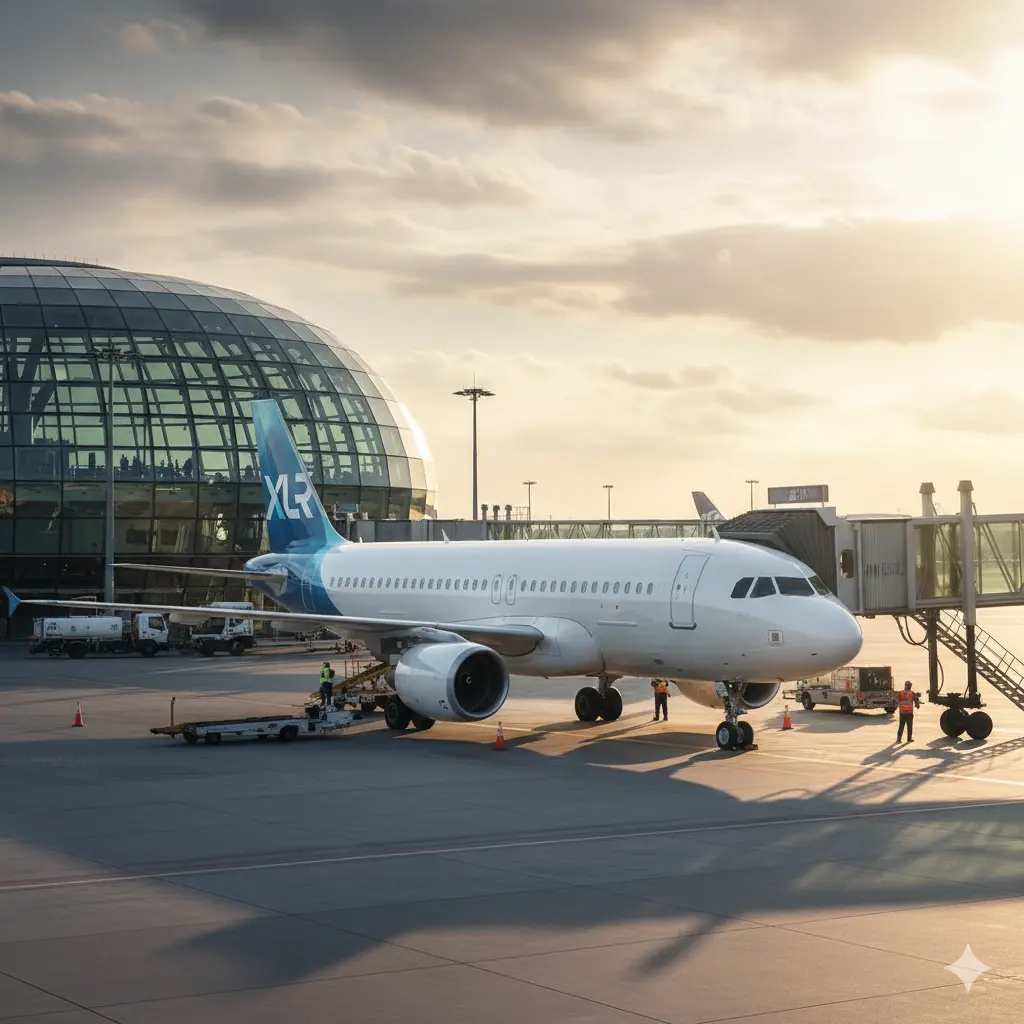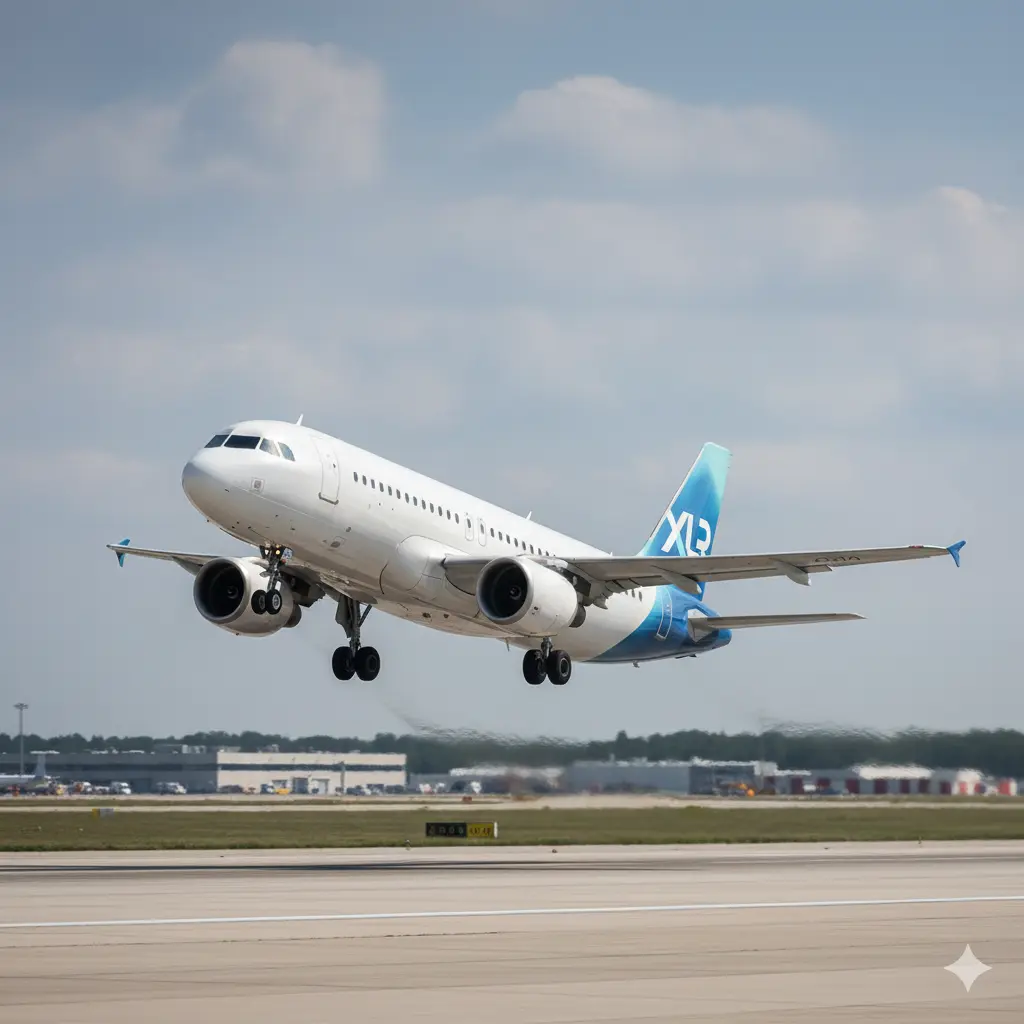The A320 is one of the most popular and iconic narrow-body jets in aviation history. Since its first flight in 1987, this family of aircraft has become the backbone of short- and medium-haul flights worldwide. Known for fuel efficiency, advanced technology, and versatile design, it remains a favorite among airlines, while passengers appreciate its comfort and reliability.
In this complete guide, we’ll cover everything you need to know: seating capacity, fuel consumption in kilograms, range, weights, and engine performance. You’ll also discover details about EDTO/ETOPS approvals, cargo capacity (including live animal transport), and a comparison with the Boeing 737 MAX.
For deeper insights into aviation performance, visit Aeroptimum – Aviation Performance Insights.

Why This Jet is So Popular
This model changed commercial aviation by introducing:
-
Fly-by-wire technology – the first airliner with a fully digital flight control system.
-
Wider cabin – offering more passenger comfort compared to competitors.
-
Fuel-efficient engines – especially with the A320neo, saving up to 20% fuel.
-
Flexibility – covering short routes to transatlantic flights with variants like A318, A319, A320, and A321.
Today, over 10,000 units are flying with more than 300 airlines worldwide, making it one of the best-selling aircraft ever.
Seating Capacity
-
Two-class configuration: 140–170 seats
-
Single-class dense layout: up to 180 seats on older versions, and 194 on the A320neo (maximum certified).
The cabin is 7 inches wider than the Boeing 737, allowing either wider seats or aisles. This small difference translates into more comfort on medium-haul flights.
Fuel Capacity and Range
-
Fuel load: ~20,500–21,000 kg depending on configuration.
-
Range:
-
A320ceo (classic engines): ~4,800–5,700 km
-
A320neo (new engines): ~6,300 km (≈ 3,400 nautical miles)
-
This makes the aircraft suitable for both short-haul routes like London–Rome and medium-haul missions like Dubai–Bangkok or Delhi–Singapore.
Weights and Structural Limits
-
Maximum Takeoff Weight (MTOW): ~79,000 kg
-
Maximum Landing Weight (MLW): ~68,400 kg
-
Maximum Zero Fuel Weight (MZFW): ~65,300 kg
-
Operating Empty Weight (OEW): ~42,000–43,000 kg
Engines and Fuel Economy
-
Options include:
-
CFM International LEAP-1A (neo)
-
Pratt & Whitney PW1100G-JM (neo)
-
CFM56-5B (ceo)
-
IAE V2500 (ceo alternative)
-
The new-generation engines reduce fuel burn by 15–20% compared to earlier models, and noise footprint is cut by 50%.
-
Cruise speed: Mach 0.78 (~829 km/h)
-
Maximum Mach: 0.82
-
Approach speed: ~135–150 knots
ETOPS / EDTO Capability
The family is certified for ETOPS 180 minutes, meaning it can fly routes up to 3 hours from the nearest diversion airport. This is essential for overwater routes and operations in remote regions.
High-Terrain Operations
For airlines flying over mountainous terrain, the jet can be equipped with 18+ portable oxygen bottles, ensuring safety on routes like the Himalayas or Andes.
Cargo Capacity
-
Forward hold: ~13 m³
-
Aft hold: ~11 m³
-
Total: ~25–27 m³ or ~18,000–20,000 kg depending on passenger load.
It also supports live animal transport with heating and ventilation systems, making it popular for mixed passenger + cargo missions.

Landing Gear Down Operations
Flying with landing gear extended creates drag, higher fuel burn, and reduced range. It is only used in emergencies or test flights, not regular service.
Long Routes in Service
Although mainly used on regional flights, some airlines push the range:
-
AirAsia: Kuala Lumpur – Perth (~5,200 km)
-
IndiGo: Delhi – Singapore (~4,150 km)
-
Lufthansa: Frankfurt – Moscow (~2,100 km)
Pricing
-
New A320neo: List price ~USD $110 million (airlines usually pay $50–70M after discounts).
-
Used A320ceo: $10–40M depending on age and maintenance history.
A320 vs Boeing 737 MAX
-
Seating: A320neo (140–194) vs 737 MAX-8 (162–210)
-
Range: A320neo (~6,300 km) vs 737 MAX-8 (~6,500 km)
-
Fuel: Both use CFM LEAP engines; A320neo offers better cabin comfort, 737 MAX carries slightly more in dense layouts.
-
Market: A320neo dominates in Europe, Middle East, Asia; MAX stronger in North and Latin America.
Conclusion
This aircraft is not just a jet – it is a symbol of efficiency, comfort, and adaptability. With fuel-saving engines, long range, ETOPS approval, and flexible cabins, it continues as the backbone of global aviation.
Airlines prefer it because:
-
It lowers operating costs.
-
It provides passenger comfort.
-
It adapts easily to different route structures.
For more in-depth aviation analysis, visit Aeroptimum – your guide to aircraft specs, performance, and airline operations.